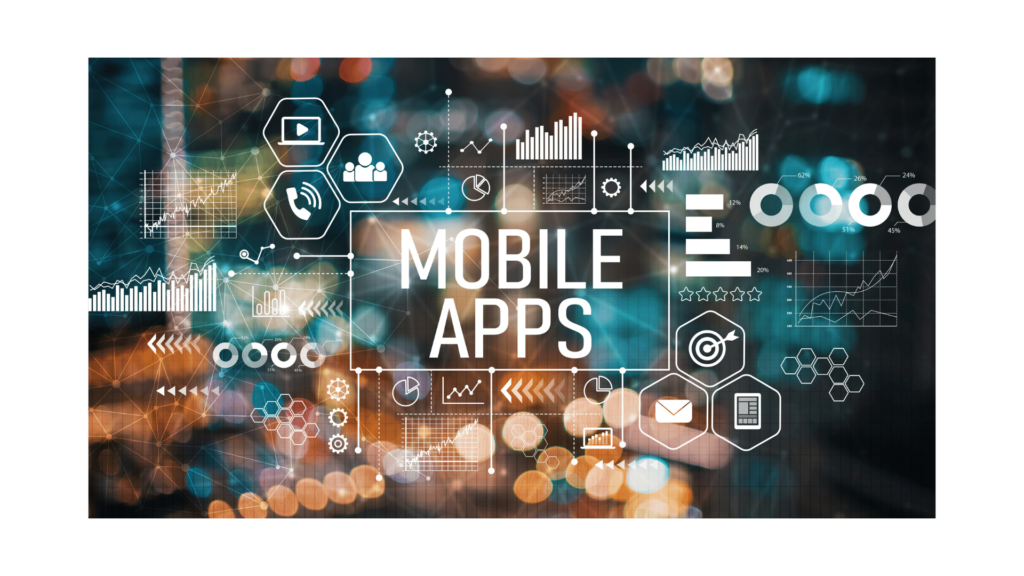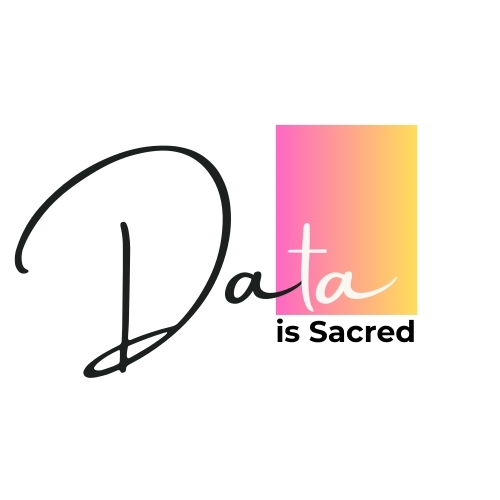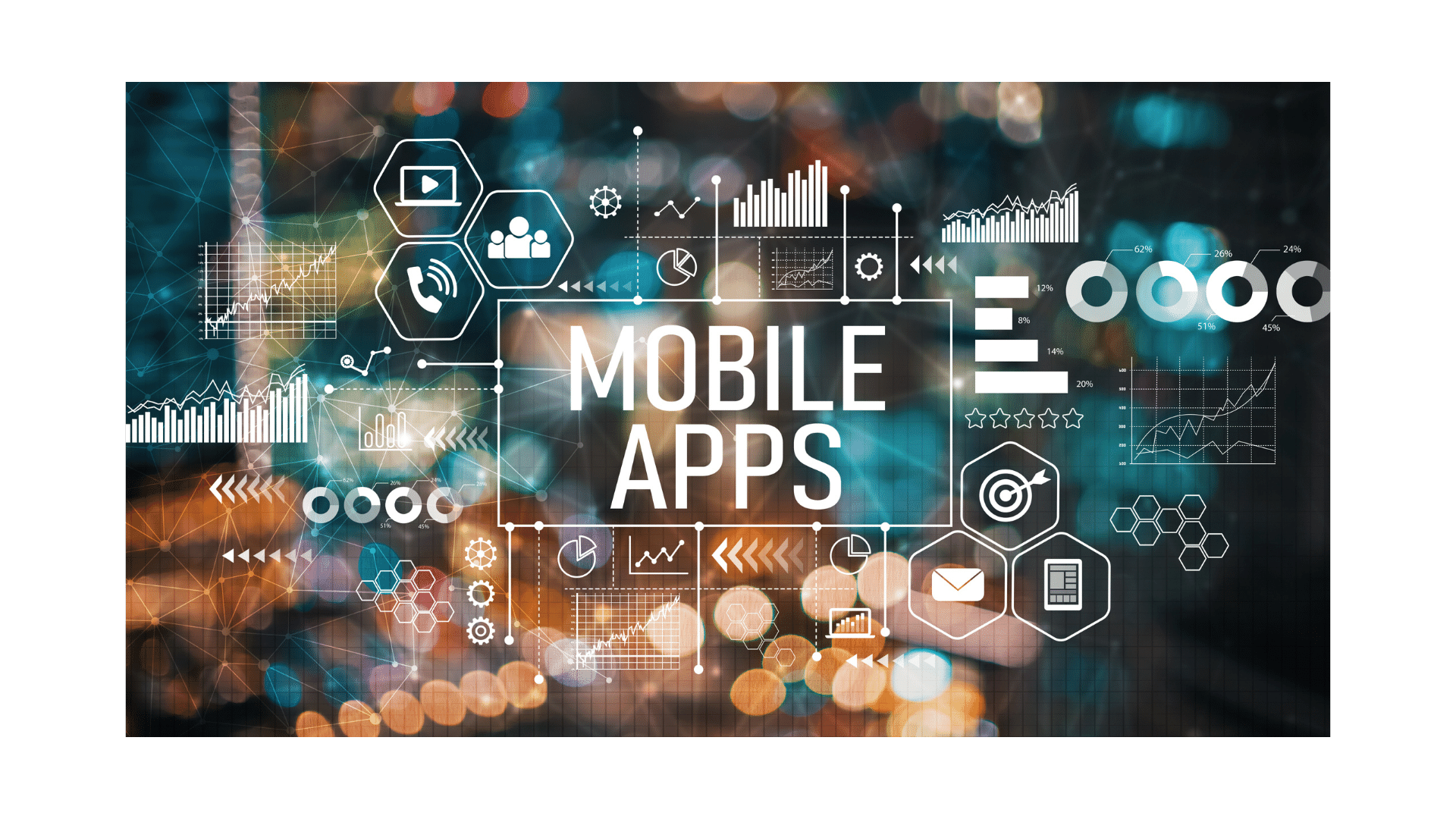Hello friends!
Ever wondered why some apps just click with users while others end up getting deleted? Well, a big part of it comes down to how easy an app is to use, how quickly it adds value, and how seamless the overall experience is. And when it comes to engaging users, in-app nudges have proven to be a more effective strategy compared to in-app messaging. Let’s dig into the differences and see why nudges take the cake.
So, what exactly is the difference between in-app messaging and nudges? In-app messaging relies on those big pop-ups and banner notifications that you often see on your app screen. They serve various purposes, like introducing new features, making announcements, or highlighting sign-ups. While they may seem useful, they fall short in comparison to in-app nudges.
Nudging is a clever onboarding technique that taps into human psychology to encourage users to take desired actions. Instead of bombarding users with notifications, in-app nudges focus on highlighting specific options and prompting users to act. When done right, nudges seamlessly integrate into the user experience, avoiding disruption or annoyance. They also help users make decisions by simplifying choices. On the other hand, in-app messaging tools are often used for managing customer feedback, conducting product tours, announcing new features, and driving user actions.

Let’s dive deeper into why nudges have the upper hand:
1. Non-Intrusiveness:
We’ve all experienced the frustration of being interrupted by flashy pop-ups that block the entire app screen. They can push us to take actions we don’t really want to take, leading to user frustration and even app deletion. Nudges, however, take a subtler approach. They gently guide users to the next step without applying unnecessary pressure. And the best part is, even when nudges are displayed, users can continue using the app without distractions.
2. User-Interface Friendliness and Versatility:
Picture this: you’re excited about a new or upgraded feature, but instead of a well-designed nudge, you get an in-app message that bombards you with information, covering the whole screen. Not exactly captivating, right? In-app messaging is limited in terms of placement and message types, which can make it less appealing and intuitive. Nudges, on the other hand, are tied to specific elements, making them more relevant and appealing. With distinct types like coach marks, spotlights, and tooltips, nudges add a unique touch to the user’s experience.
3. Enhanced Onboarding:
When it comes to successfully onboarding users, it’s crucial to keep their goals in mind. In-app messaging, with its consecutive pop-ups, can overwhelm users and make them feel like they’ve lost control. They might even miss the introduced features because of the information overload. Nudges, however, are carefully sequenced to highlight relevant features, ensuring a smooth user flow without disruptions.
To wrap it up, both in-app messaging and nudges aim to bring attention to app features. However, the real power of nudges lies in their ability to enhance the user experience by supplying contextual information. They are non-intrusive, user-interface friendly, and superior as onboarding tools compared to in-app messaging. By using the benefits of nudges, apps can create a more pleasant and engaging user journey.
So, the next time you’re designing an app or thinking about engaging your users, consider the power of nudges. They’ll help you create an app experience that users won’t just keep but also enjoy using!


